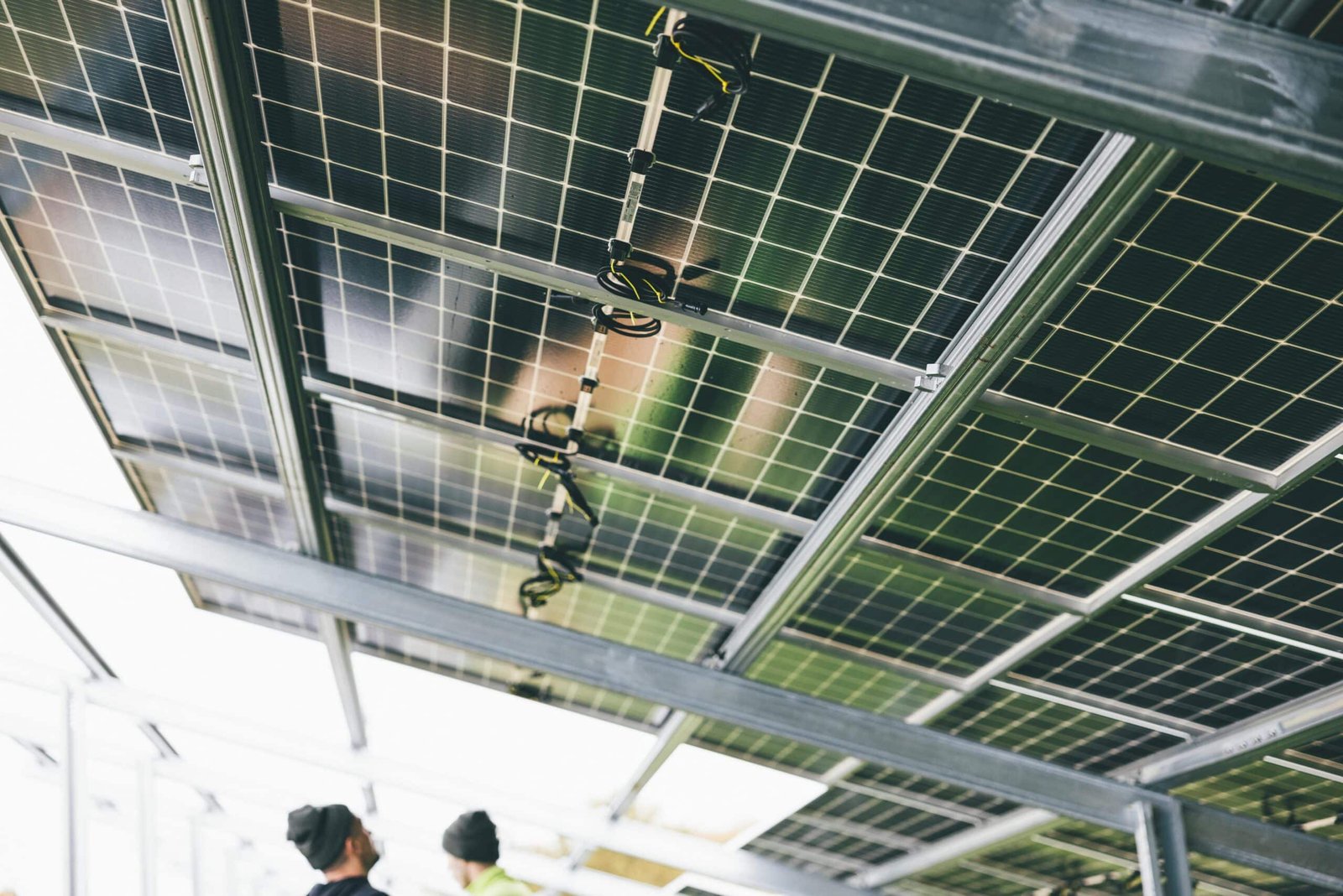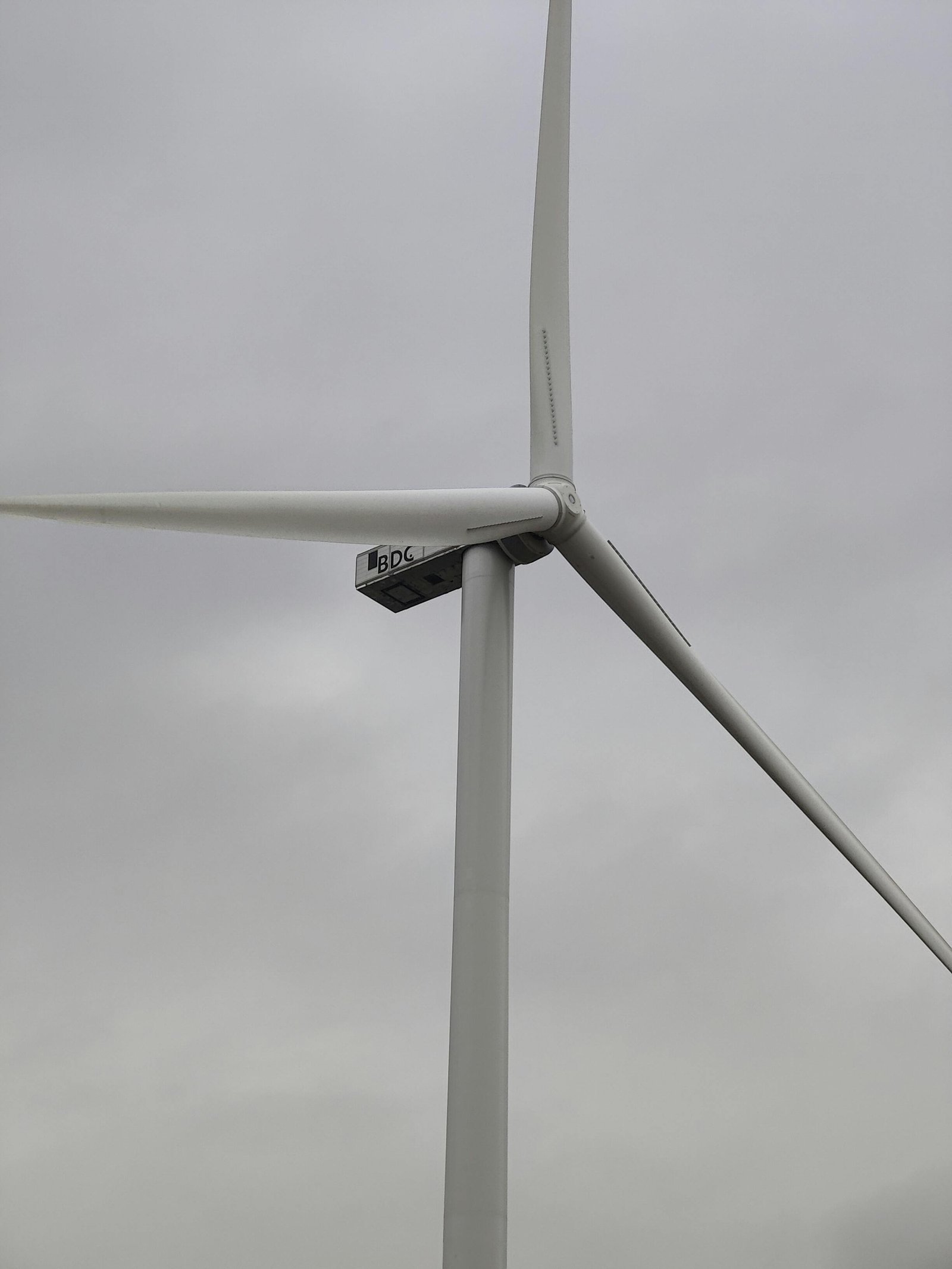62. How Electrical Engineering is Addressing Climate Change

Introduction
Overview of Electrical Engineering
Electrical engineering plays a crucial role in modern society, encompassing various fields such as power systems, electronics, and telecommunications. This discipline not only fuels innovation but also drives advancements that can lead to sustainability in energy use. Notably, electrical engineers work on systems that enhance our daily lives, from efficient appliances to smart energy solutions.
Climate Change and its Impact
As climate change escalates, the repercussions are undeniable—rising temperatures, extreme weather, and ecological disruption. Every sector, including electrical engineering, feels the urgency to adapt and respond effectively. Consider these impacts:
- Increased energy demands
- Strain on power infrastructures
- Need for sustainable practices
Understanding these challenges is vital for engineers to innovate solutions that are not only effective but also environmentally friendly.

Role of Electrical Engineering in Addressing Climate Change
Renewable Energy Sources
In the quest to combat climate change, electrical engineering has led the charge in developing renewable energy sources. From wind turbines to solar panels, engineers design systems that harness natural resources, reducing dependency on fossil fuels. A personal connection might arise when considering how a residential solar system can lower energy bills while contributing to a cleaner environment.
- Key renewable sources:
- Solar Power
- Wind Energy
- Hydropower
Energy Efficiency Technologies
Energy efficiency technologies not only minimize energy consumption but also enhance sustainability. Engineers have pioneered innovations like smart thermostats and energy-efficient appliances that can dramatically reduce energy waste. For instance, a household that embraces such technologies can witness significant savings and lower carbon footprints.
- Popular energy-efficient solutions:
- LED lighting
- Energy Star appliances
- Building automation systems
Through these advancements, electrical engineering plays a vital role in creating a greener future, emphasizing the importance of sustainable practices in mitigating climate change.

Smart Grids and Energy Storage Solutions
Importance of Smart Grids
Building on the efficiencies gained through renewable energy and energy-efficient technologies, smart grids represent a leap forward in managing electricity supply and demand. These intelligent networks enhance communication between utilities and consumers, optimizing energy distribution. Imagine a world where your home automatically adjusts energy use based on real-time grid conditions—a reality made possible by smart grids.
- Key benefits of smart grids:
- Improved reliability and resilience
- Real-time monitoring and management
- Integration of renewable energy sources
Advancements in Energy Storage
As the dependence on renewable energy grows, the need for effective energy storage solutions becomes more critical. Engineers are innovating battery technologies, such as lithium-ion and flow batteries, which allow for the storage of excess energy produced from renewable sources. Picture a day where communities use stored solar energy at night—this is becoming increasingly viable.
- Notable advancements include:
- Longer-lasting battery technologies
- Cost reductions in energy storage systems
- Enhanced grid stability with large-scale storage solutions
These advancements in smart grids and energy storage not only facilitate a transition to greener energy but also empower consumers to actively participate in energy management, fostering a sustainable future.

Sustainable Practices in Electrical Engineering
Sustainable Design Techniques
Transitioning to sustainable practices in electrical engineering involves embracing design techniques that prioritize environmental impact. Engineers increasingly incorporate life cycle assessments, ensuring that products are sustainable from production to disposal. For example, considering materials that are recyclable or biodegradable can significantly reduce waste.
- Key sustainable design techniques:
- Modular design for easy upgrades
- Using eco-friendly materials
- Energy-efficient circuitry design
Green Buildings and Infrastructure
Incorporating sustainable practices into buildings and infrastructure is vital for reducing energy consumption and emissions. Engineers play a crucial role in designing green buildings, focusing on energy efficiency and sustainable resource utilization. Imagine living in a structure that employs natural lighting and advanced insulation to minimize energy use.
- Characteristics of green buildings:
- Energy-efficient HVAC systems
- Water-saving fixtures
- Use of renewable materials
By adopting these sustainable practices, electrical engineers not only contribute to a greener future but also help create environments where future generations can thrive, significantly mitigating the consequences of climate change.

